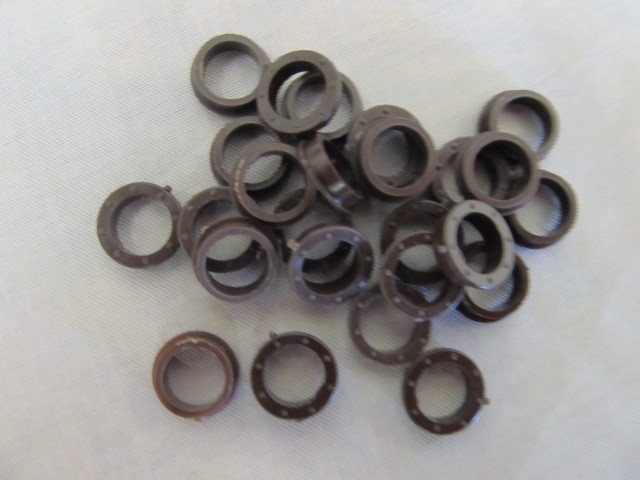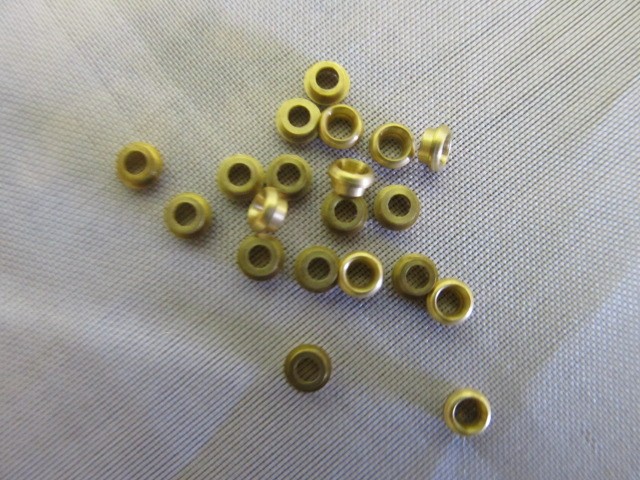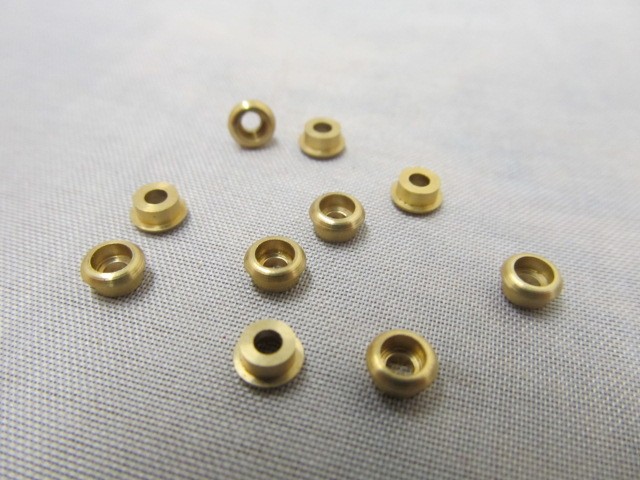Anchors and Hull
Anchors and Hull Fittings play a crucial role in the construction and operation of a ship. These fittings are designed to provide stability, maneuverability, and safety to the vessel in various sea conditions. The most essential fitting on a ship’s hull is the anchor, which is used to secure the ship in place when it is not in motion. Anchors are large, heavy objects that are attached to the ship’s hull by a chain or cable. They are typically made of heavy-duty steel and have a pointed end that is driven into the seabed to hold the ship in place.
In addition to anchors, there are several other fittings that are commonly found on the hull of a ship. One of the most important fittings is the mooring bitt, which is a strong post or column that is used to secure ropes or cables for docking the ship. Mooring bitts are typically made of heavy-duty steel and are designed to withstand high tensions and forces. Read more about Anchors and Hull Fittings below.

Another crucial fitting on a ship’s hull is the chock. Chocks are small, metal blocks that are used to guide and secure ropes and cables on the ship’s deck. They are strategically placed along the hull to prevent lines from rubbing against the ship’s structure and causing damage.
Bollards are another type of fitting that is commonly found on a ship’s hull. These are short, sturdy posts that are used to secure ropes and cables when the ship is moored. Bollards are usually made of steel or iron and are designed to withstand the high tensions and stresses of a ship’s mooring lines.
The hull of a ship also has various fittings for navigation and communication purposes. These include navigation lights, which are used to signal the ship’s position and direction to other vessels, and radar reflectors, which help to increase the ship’s visibility to other ships and vessels.
Other important fittings on a ship’s hull include ventilators, which are used to provide air circulation and ventilation to the ship’s interior spaces, and scuppers, which are openings on the sides of the hull that allow excess water to drain off the deck.
In addition to these fittings, ships also have various structural components on their hulls, such as keel blocks, which support the weight of the ship when it is being built or repaired, and bilge keels, which help to stabilize the ship and reduce rolling in rough seas.
Overall, the hull of a ship is a complex and intricate system of fittings, components, and structures that work together to ensure the safety, stability, and functionality of the vessel. Without these fittings, a ship would not be able to navigate the seas and carry out its intended purpose. From anchors to bollards, each fitting has a specific role to play in the overall operation of a ship’s hull.












